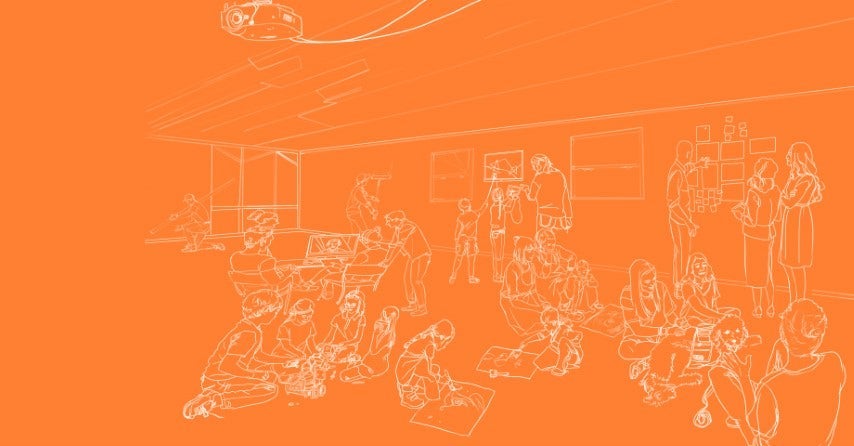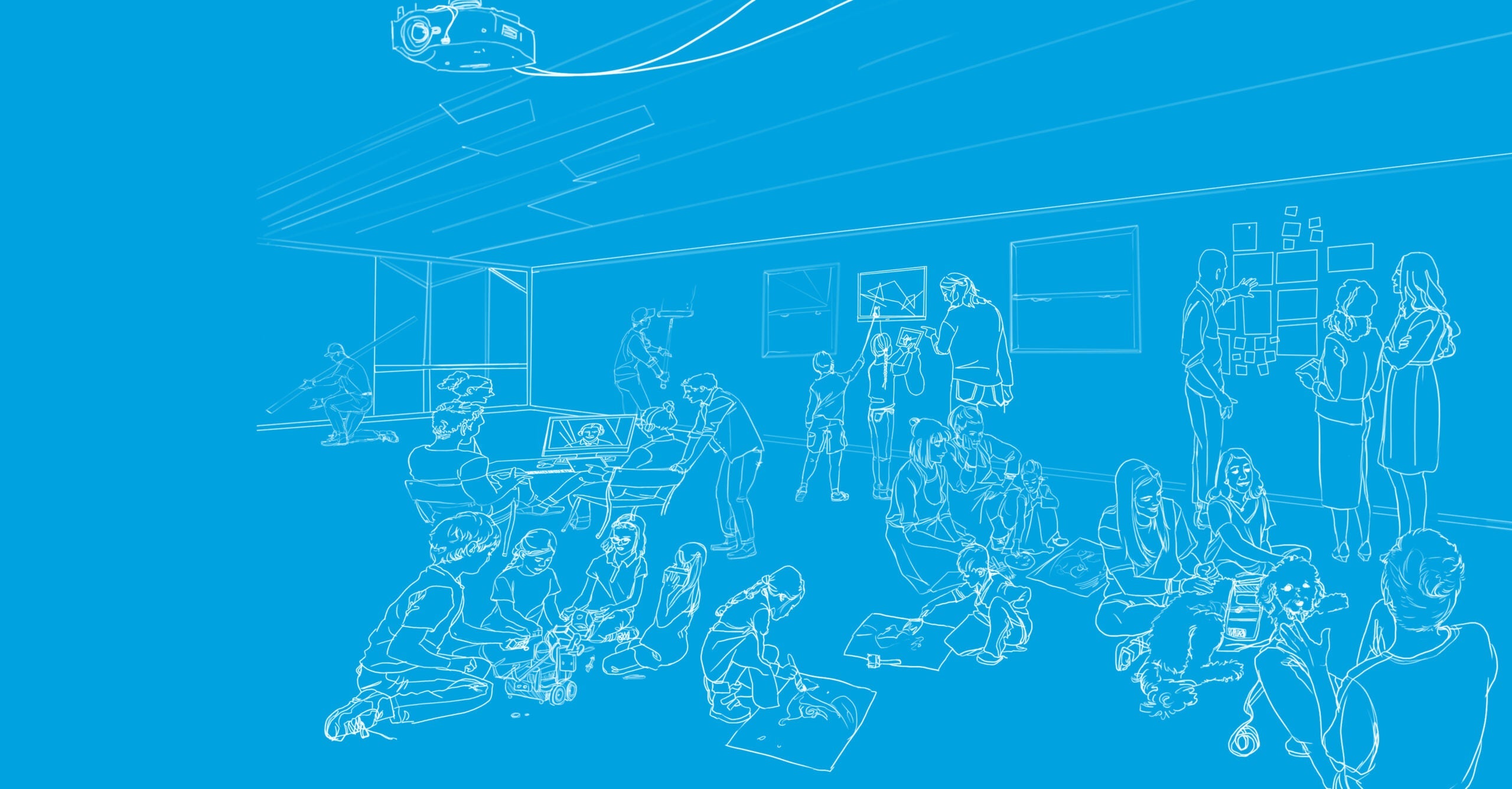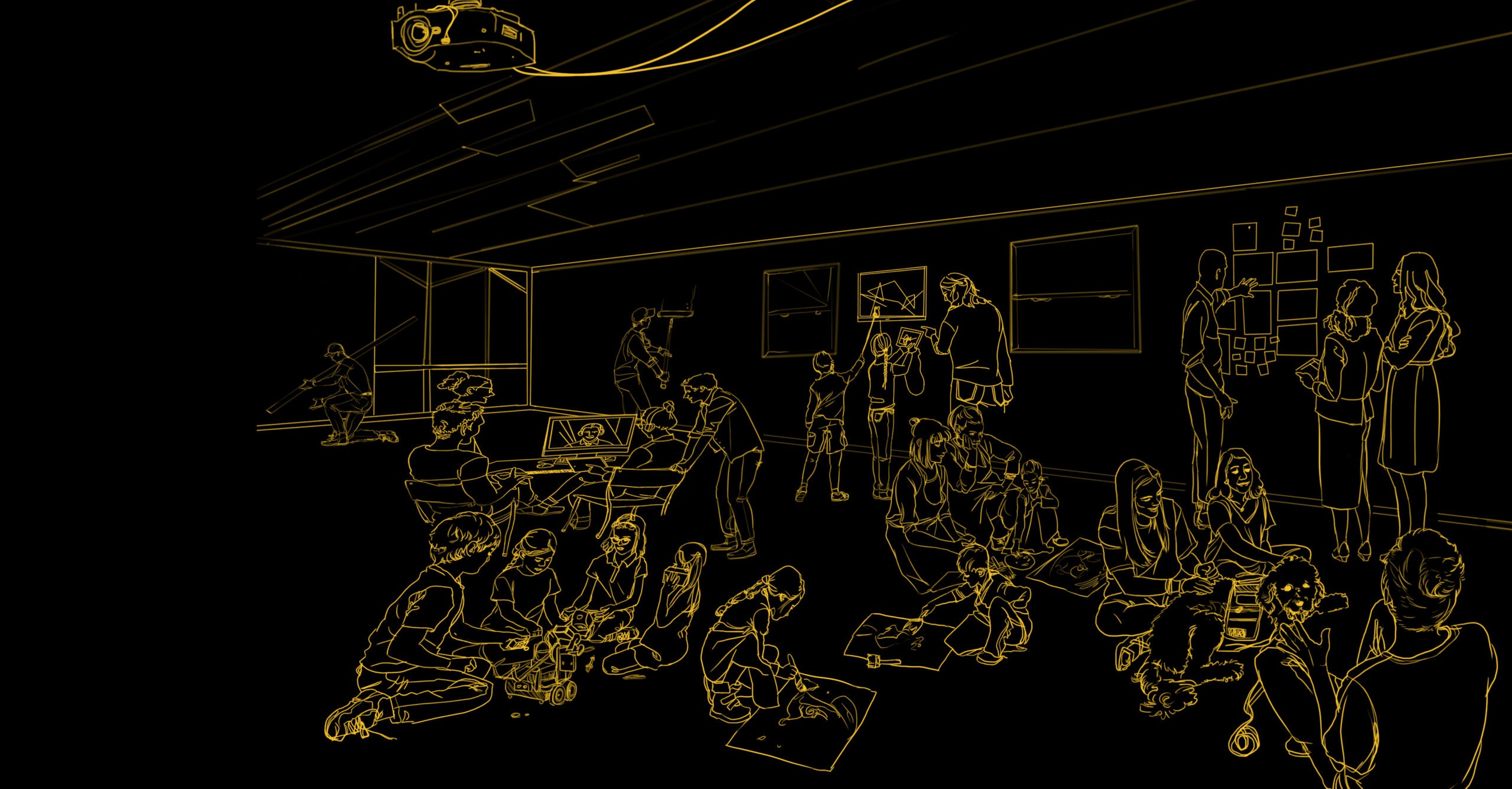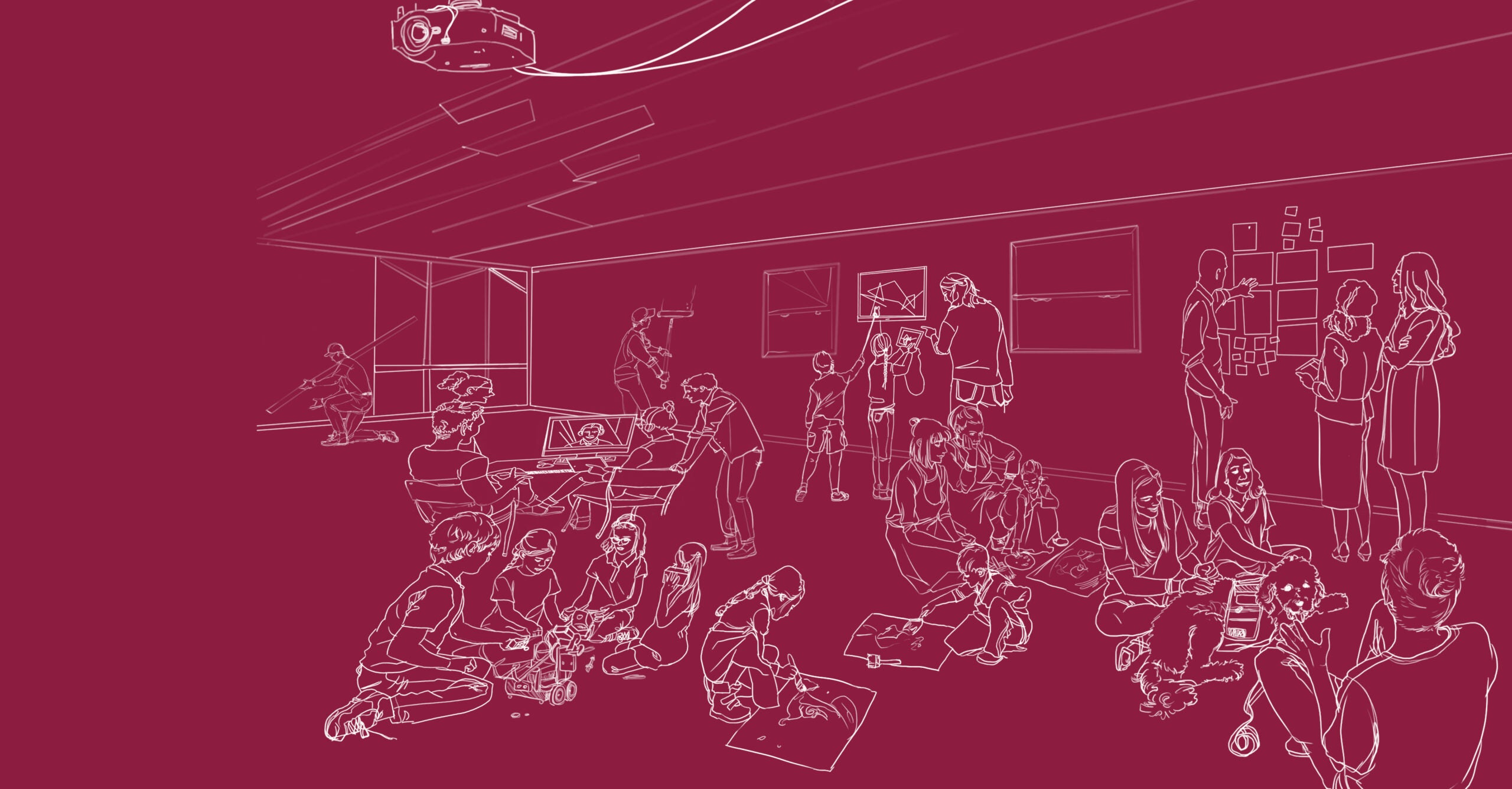Topic: Learning Spaces

Creating shared and flexible learning spaces: A continuum for rethinking space
Space matters, but not having the money to invest in learning space design shouldn’t stop you from launching team-based models. This continuum is a tool to support decision-making for a phased approach for transforming learning spaces. We believe there is a continuum on which each team-based learning environment sits. Where it sits is usually a function of the level of investment the school or school system can make in shifting learning spaces in ways that have a positive impact on educators and students.

Self-organized learning environments
Learn to implement self-organized learning environments, an instructional approach in which students explore complex questions in self-organized peer groups.

Kyrene de las Manitas Innovation Academy: Learning space layout
At Kyrene de las Manitas Innovation Academy, about 400 students in Grades K–7 in multi-aged grade bands work with core teams of up to six educators: one teacher executive designer, two team teachers and one to three teacher candidates. Read on to learn about key elements of their learning space.

Stevenson’s team-based model
Hear from Stevenson Elementary School principal Krista Adams about educator teams’ dynamic approach to supporting students.

The Creighton Academy: Learning space layout
The Creighton Academy in Phoenix, Arizona serves about 300 students in grades K–6. Every student is a member of a covey: a multi-age group of 55–60 students. Students work with educators specific to their coveys and educators who work across coveys. In this resource, you’ll see the layout of their learning space.

Sousa Elementary School: Multi-age team learning space layout
At Sousa Elementary School in Mesa, Arizona, an educator team consisting of one lead teacher, three certified teachers, one special educator and three MLFC residents supports a multi-age group of 104 first and second graders. In this resource, you’ll see the layout of their learning space.

Riverview High School: Learning space layout
Riverview High School serves 90–120 students in grades 7–12. Many of these students have left their assigned district schools due to disciplinary reasons or are transitioning out of juvenile detention or residential treatment centers. In this resource, you’ll see the layout of their learning space.

Stevenson Elementary: Learning space layout
At Stevenson Elementary School, 75 third graders work with a core team of educators that includes a lead teacher, certified teachers and MLFC residents. In this resource, you’ll see the layout of their learning space.

Whittier Elementary: Learning space layout
At Whittier, approximately 170 students in grades 4–6 will be part of multi-age learning communities called “houses.” Each house includes about 85 students and is guided by an educator team. In this resource, you’ll see the layout of their learning space.

Westwood High School’s Academy Teams: Learning space layout
Approximately 900 ninth grade students at Westwood High School in Mesa, Arizona are distributed across six Academy Teams. In this resource, you’ll see the layout of their learning space.

Elementary instructional blueprints: An introduction
Elementary instructional blueprints suggest ways teams of educators with distributed expertise might deploy themselves to better deepen and personalize student learning.

Elementary instructional blueprint: Lessons with industry experts
Elementary instructional blueprints suggest ways teams of educators with distributed expertise might deploy themselves to better deepen and personalize student learning.

Elementary instructional blueprint: Thematic learning rotation
Elementary instructional blueprints suggest ways teams of educators with distributed expertise might deploy themselves to better deepen and personalize student learning.

Elementary instructional blueprint: Authentic assessment work time
Elementary instructional blueprints suggest ways teams of educators with distributed expertise might deploy themselves to better deepen and personalize student learning.

SPARK School: Learning space layout
At SPARK School at Kyrene de las Manitas, 120 students in multi-aged grade bands (third through fifth grades) work with a core team of six educators: one teacher executive designer, two certified teachers and three teacher candidates. The prototype school-within-a-school was developed during a design process collaboratively led by the Kyrene School District and ASU’s MLFC Design Initiatives. In this resource, you’ll see their learning space layout.

Whittier Elementary: COVID addendum
Whittier Elementary in Mesa, Arizona serves 4th through 6th-graders in a single multi-grade “house.” Together, six content area teachers (two of whom serve as lead teachers for the team), one special educator and four MLFC residents support 160 students. The team launched in Fall 2020, in the middle of the COVID-19 pandemic. In this resource, you’ll find out how they have adapted their planned instructional model while still taking a Next Education Workforce approach to working as a team and supporting their students.

SPARK School: COVID addendum
At SPARK School at Kyrene de las Manitas, students in multi-aged grade bands (3rd through 5th grades) work with a core team of six educators: one teacher executive designer, two certified teachers and three teacher candidates. In this resource, you’ll find out how the team at SPARK School has adapted their instructional model as a result of the COVID-19 pandemic while still prioritizing deeper and personalized learning for the students they serve.

Stevenson Elementary: School profile
Stevenson Elementary School is a Title I school located in Mesa, Arizona that takes a dynamic approach to serving about 700 students in preschool through 6th grade. The school’s Next Education Workforce model wraps teams of educators around students in grades K-6 with the goal of providing deeper and personalized learning. In this resource, you’ll find out how they’re implementing a Next Education Workforce model.

Team routines and procedures
As we begin to adopt Next Education Workforce models, we inevitably find that some of the routines and procedures that worked in a one-teacher, one-classroom setting need to be adjusted. In this resource, you’ll find a list of some of the routines and procedures our partners redesigned as they’ve worked to implement Next Education Workforce models.

